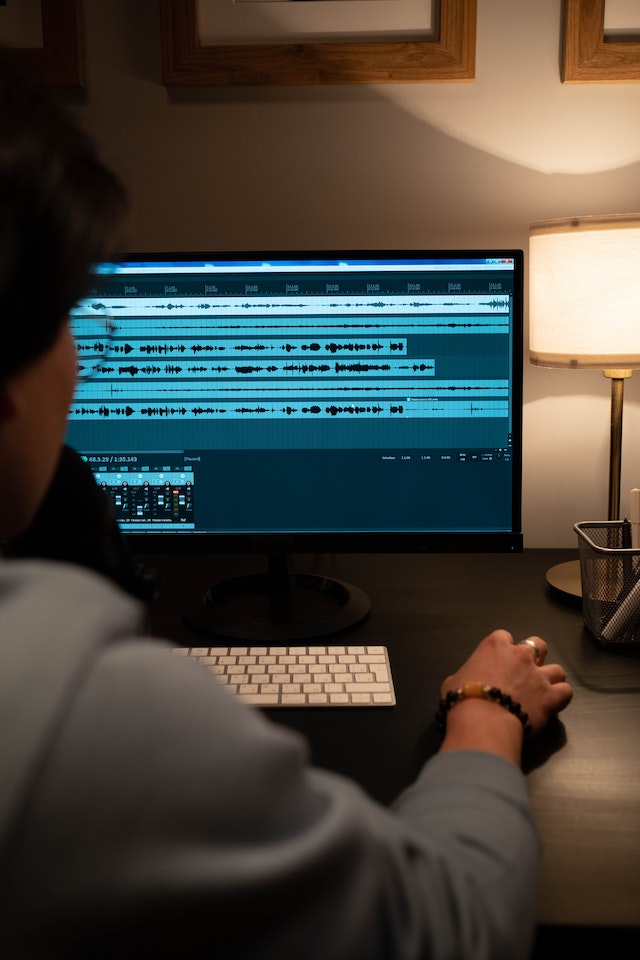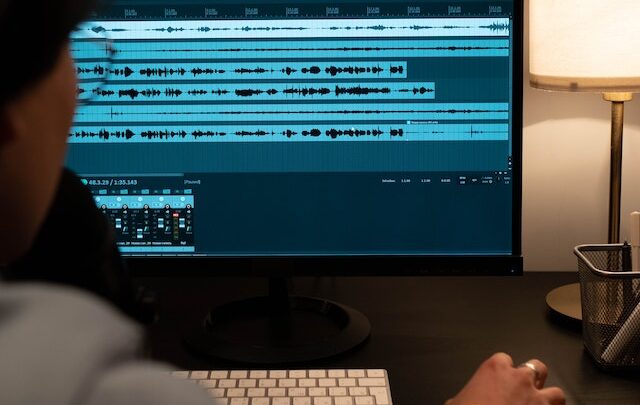
14 Home Recording Studio Essentials for Beginners
Setting up a home recording studio for beginners requires a few essential items to ensure quality recordings. Here are 14 home recording studio essentials to get you started:
- Microphone: Invest in a good-quality condenser microphone suitable for your recording needs. A USB microphone is a convenient option for beginners as it can be directly connected to your computer.
- Headphones: Get a pair of closed-back studio headphones to monitor your recordings and prevent sound leakage during recording sessions.
- Audio Interface: This device connects your microphone to your computer and converts analog signals to digital. Choose an audio interface with the necessary inputs and outputs for your setup.
- Pop Filter: A pop filter reduces plosive sounds (pops) when recording vocals, ensuring a cleaner audio output.
- Microphone Stand: Use a sturdy microphone stand to position the microphone at the right height and angle during recordings.
- Acoustic Treatment: Consider using foam panels or acoustic tiles to control sound reflections and minimize room echo.
- Computer: A reliable computer with sufficient processing power and memory is essential for recording, editing, and mixing audio.
- Digital Audio Workstation (DAW): Choose a DAW software that suits your needs. There are many options available, such as Audacity (free), Ableton Live, Pro Tools, Logic Pro, etc.
- Cables: Have high-quality XLR cables to connect your microphone and audio interface, as well as any other necessary cables for your setup.
- Pop-up Recording Booth or Vocal Booth: If you can't treat your entire recording space, a portable pop-up recording booth or a vocal booth can help control sound and improve the quality of your recordings.
- MIDI Controller (optional): If you plan to work with virtual instruments or software synthesizers, a MIDI controller allows you to play and control them more intuitively.
- Audio Monitoring Speakers (optional): While headphones are sufficient for most home studios, if you prefer working with speakers, invest in a pair of studio monitors for accurate audio monitoring.
- Audio Cables and Adapters: Have a variety of audio cables and adapters on hand to connect different devices and equipment.
- Reference Tracks: Keep a collection of professionally recorded tracks in your genre as reference material to guide your recording and mixing decisions.
Remember, while these essentials are crucial for a basic home recording setup, you can gradually expand your studio as your needs and skills grow. Start with the basics, and as you gain experience and understanding, you can add more equipment and improve your recording environment to achieve higher-quality results.



